Creating to Develop (Self-) Understanding
Between decadence, sex, obsessions, and fears, Ataru Sato's introspective body of work allows the artist himself to take stock.
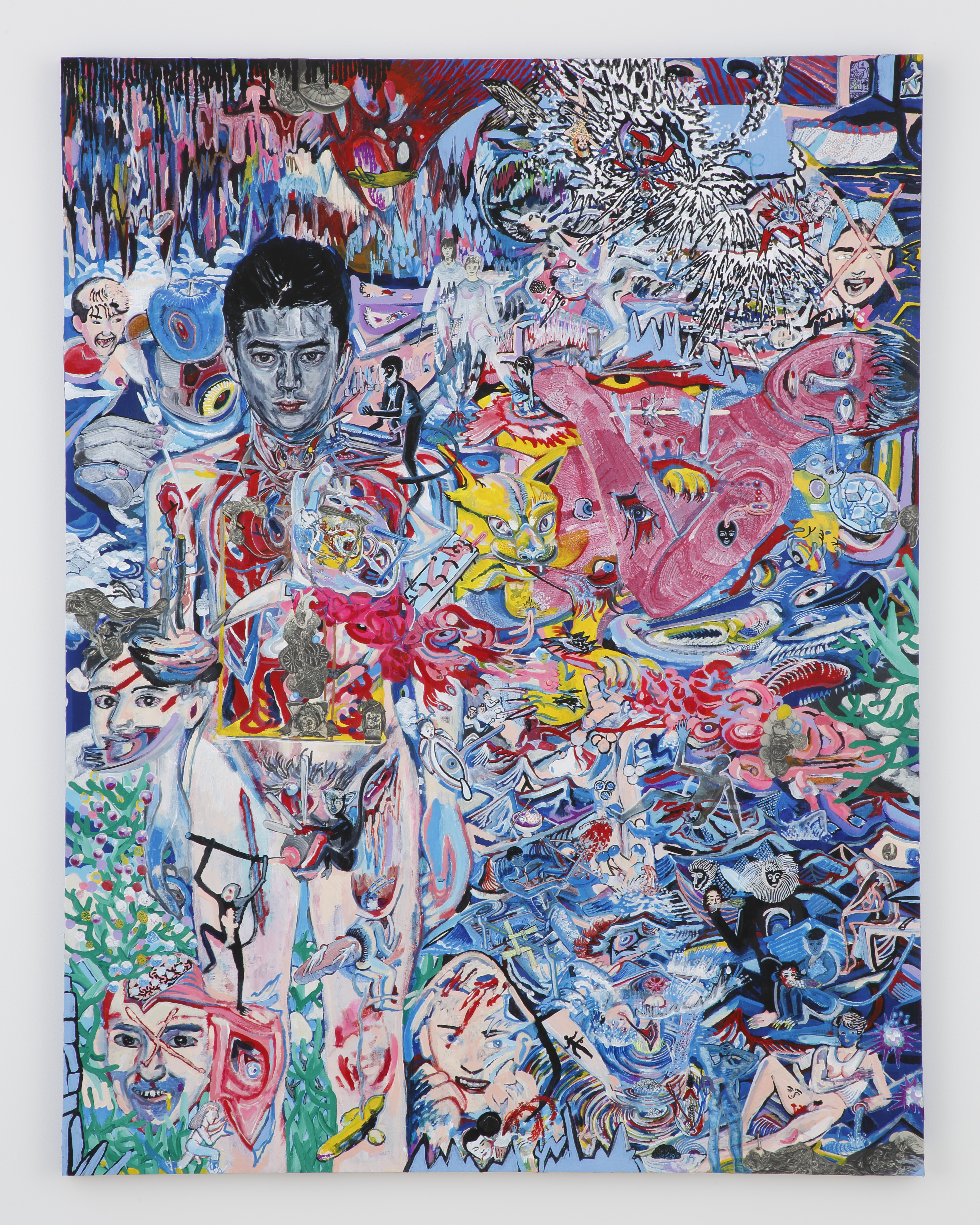
Ataru Sato, “Adventure” (2017) - Photo by Keizo Kioku © Ataru Sato, Courtesy of KOSAKU KANECHIKA
Drawing, painting, fine lines made using a pencil, or large brushstrokes. Japanese artist Ataru Sato’s work is powerful, obsessional; it is intended to be a description of his existence, his interactions with his environment, a self-portrait of life, which seems to go beyond that of which he is aware and can express in words.
The artist, born in 1986, has always drawn. While at Kyoto University of Art and Design, where artist Keiichi Tanaami (a figure who would influence his work) teaches, he also met Tabaimo.
Private diary
Ataru Sato’s work is structured around black pencil drawings and multicoloured paintings. In his drawings, a face usually emerges from a host of elements and dense scenes, while other human forms are hidden. Some of his paintings present the same type of environment with the use of colour further bringing out the details, with shapes and objects surrounding the central face.
The artist expresses on paper his thoughts and everyday experiences, shaped by interactions and other people. Among these exchanges, sexuality occupies a prominent place. The allusions are sometimes subtle, but other paintings are more explicit. Ataru Sato declared, in an interview with Andrey Bold given in 2012, that this is what inspires him most: ‘[it’s] a mentally stimulating experience. It lets you touch a person in a different way […] I’m not an overly confident person, but feel empowered by sex. It also exercises my five senses.’
Ataru Sato sees art as an act that seeks to ‘express lived experiences’, and ‘has no aspiration to create art for art’s sake, art that is novel, or art that seeks to be meaningful’, as his gallery Kosaku Kanechika explains, affirming that his body of work can be likened to a private diary.
This immersion in the artist’s inner self takes the viewer into an erotic, psychedelic universe, where fears, passions, and obsessions are brought to light.
Ataru Sato’s work can be viewed on the Kosaku Kanechika gallery’s website.
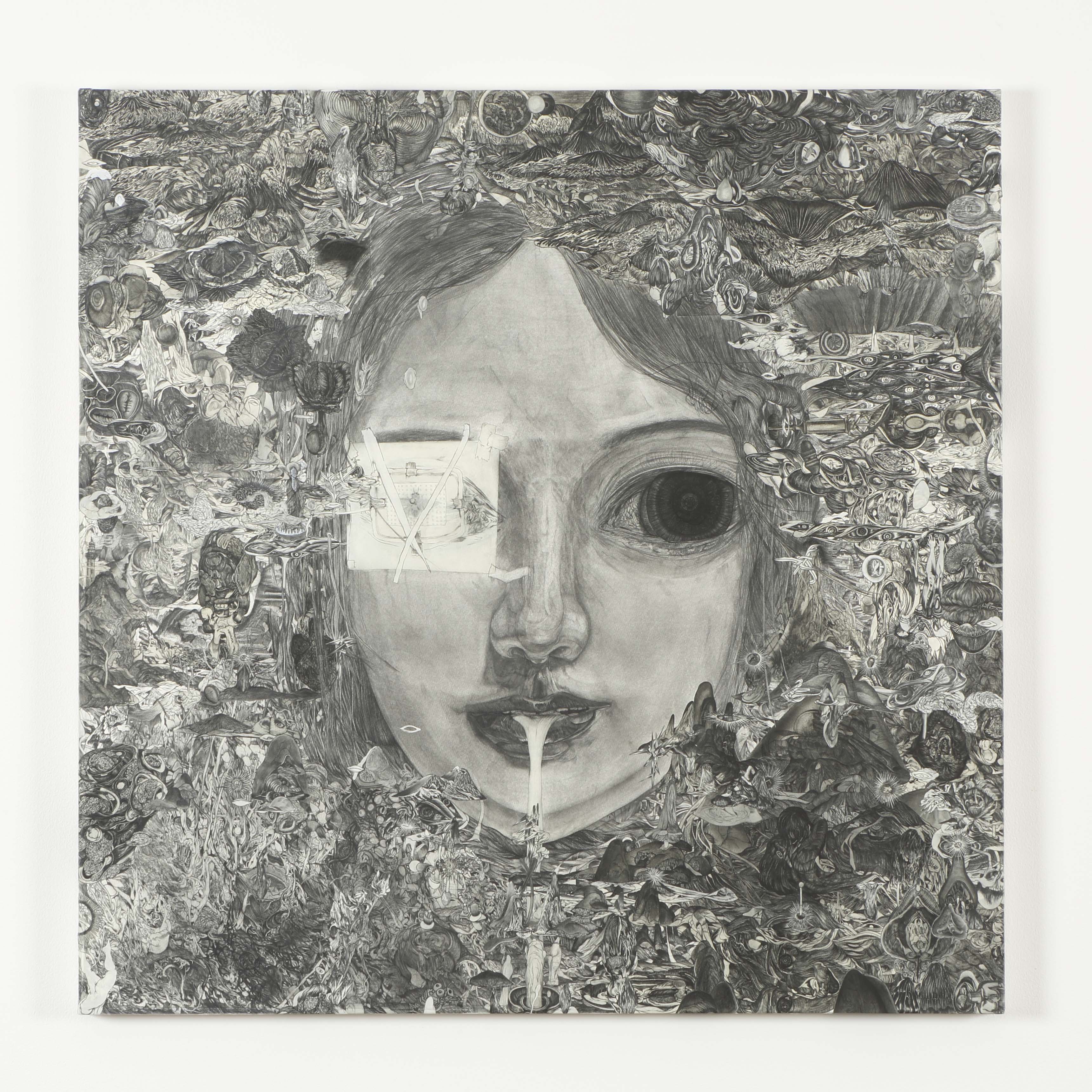
Ataru Sato 'She side' (2014) - Photo by Keizo Kioku © Ataru Sato, Courtesy of KOSAKU KANECHIKA
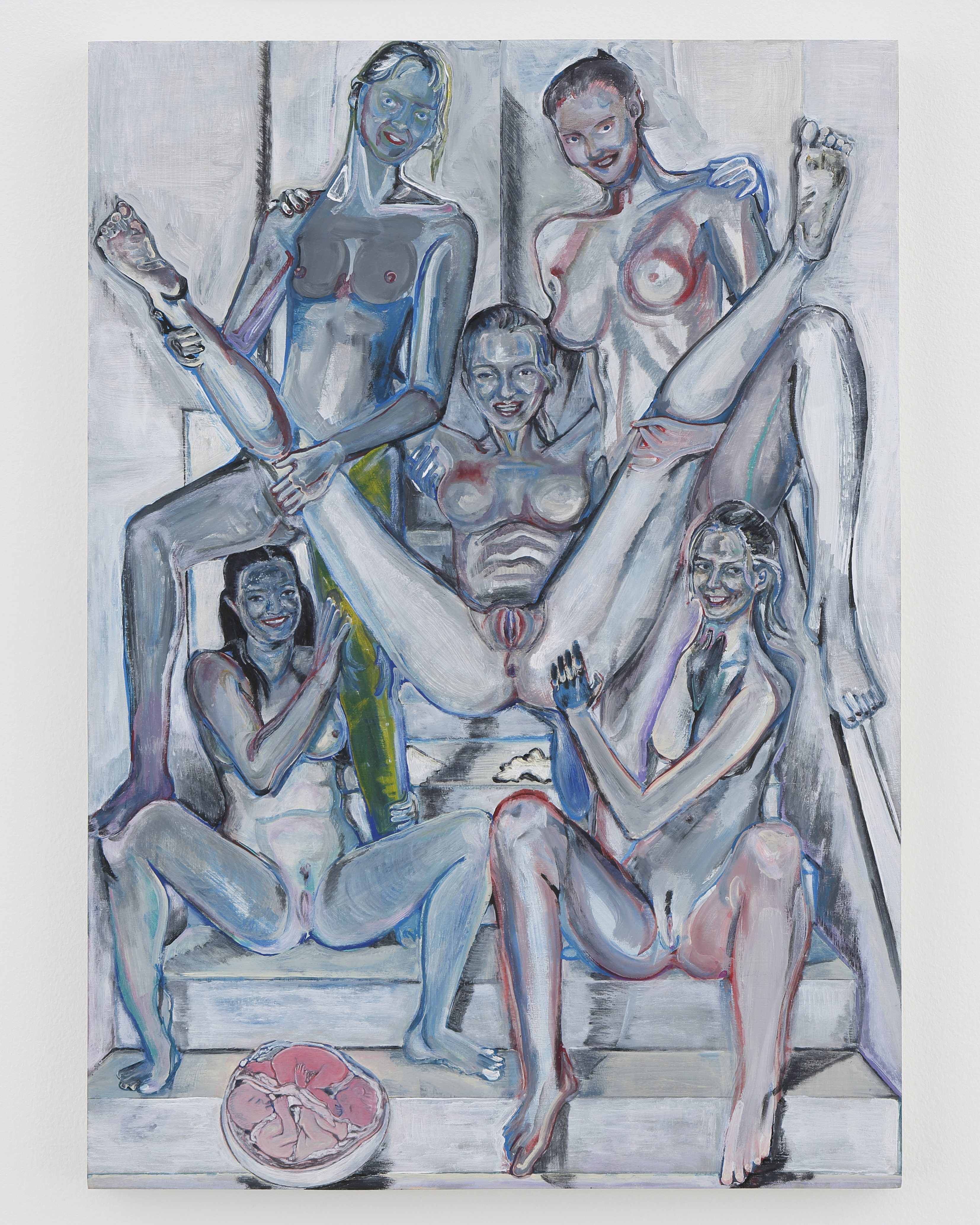
Ataru Sato, 'Things left undone' (2018) - © Ataru Sato, Courtesy of KOSAKU KANECHIKA
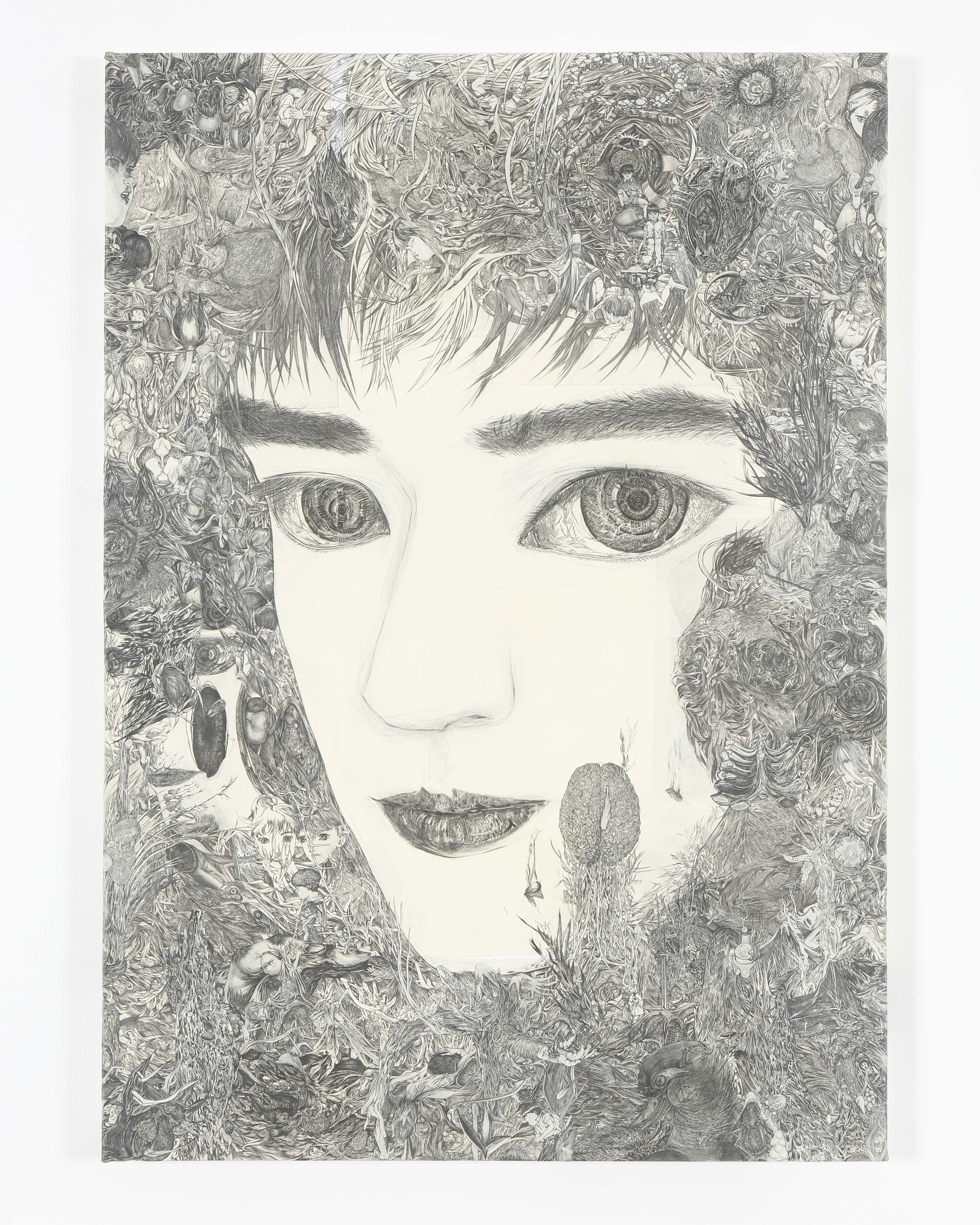
Ataru Sato, 'Apparaître' (2018) - © Ataru Sato, Courtesy of Office Baroque
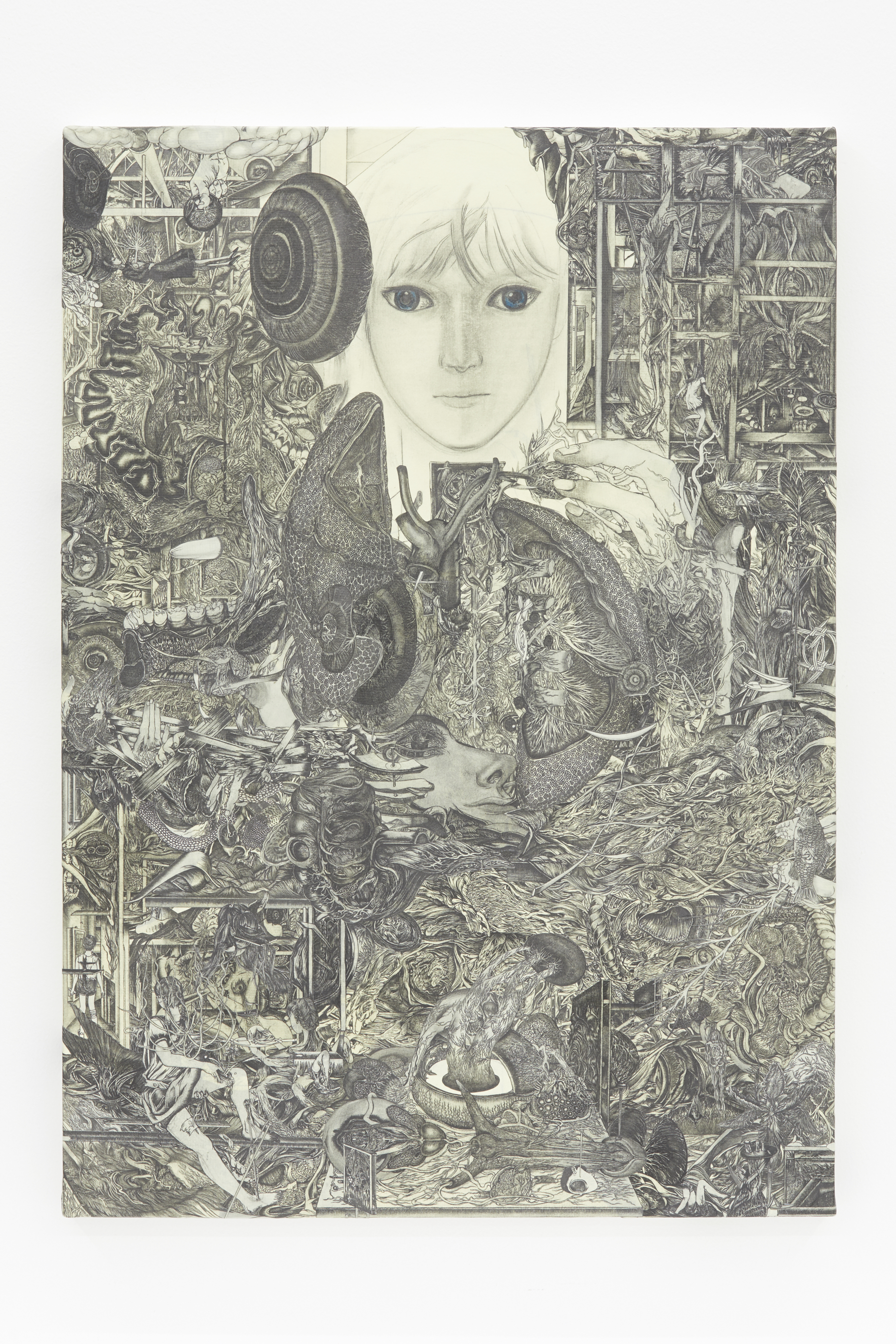
Ataru Sato, 'MAN' (2017) - Photo by Kenji Takahashi © Ataru Sato, Courtesy of KOSAKU KANECHIKA
TRENDING
-
The Tattoos that Marked the Criminals of the Edo Period
Traditional tattoos were strong signifiers; murderers had head tattoos, while theft might result in an arm tattoo.

-
Paris, Tokyo: Robert Compagnon
With his co-chef and talented wife, Jessica Yang, Robert Compagnon opened one of the top new restaurants in Paris: Le Rigmarole.
 3:31
3:31 -
The Story of Sada Yacco, the Geisha who Bewitched Europe
Described by Dazed magazine as the first beauty influencer, she has been restored to her former glory since 2019.

-
Ito Jakuchu's Naturalist Paintings
From 15 September until 14 October 2018, the Petit Palais showcased the artist's iconic ‘Images of the Colourful Realm of Living Beings’.

-
Chiharu Shiota, Red Threads of the Soul
Last year, more than 660,000 people visited the retrospective 'Chiharu Shiota: The Soul Trembles' exhibit at the Mori Art Museum.





